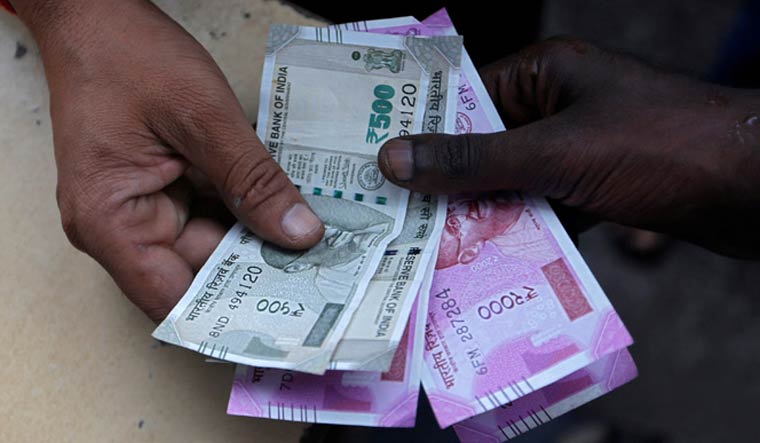The focus of the Reserve Bank measures since lockdown has been to get enough cash into the financial system so that loans are easily available for businesses to tide over the difficult days and fuel growth. But what about the individual borrower?
Twenty-five lakh crore rupees is the massive outstanding on personal loans taken by average Indians, ranging from housing to vehicle to credit cards. As India moves into second month of the lockdown this week and stories of layoffs, furloughs and salary cuts trickle in at a steady pace, one question is increasingly troubling banks, economists and policy makers — what kind of a debt default is the system going to face on this front?
Reserve Bank Governor Shaktikanta Das had announced loan repayment moratorium for three months in end-March for all outstanding loans. While there are calls for this to be extended to at least another three months, the catch is that deferring loan payment comes at the cost of compounded interest amount—while you may forego paying your EMI, the interest still accrues, leaving you with a bigger final amount to pay.
In the case of credit cards, the cost turns out to be the highest, since compounding interest and penalties are levied. The only benefit is that your CIBIL credit score does not get affected for not paying up over the April to June period.
While the 25 lakh crore rupees worth of personal loans out there range the whole gamut, from home loans to education loans to loans for consumer durables to loans against fixed deposits as well as others as defined by RBI, the biggest chunk composes of housing loans, vehicle loans and credit card outstanding. Home loans constitute 13.3 lakh crore, more than half of the total personal loans, while vehicle loans make up for 2.21 lakh crore. While credit card outstanding of Indians stand at only 1.11 lakh crore, it has the highest annual growth rate among them all, at 33 per cent.
“The areas of concern appear to be housing, credit cards, vehicle loans and education loans,” said Deepak Sood, secretary-general of leading business chamber Assocham, which crunched the RBI data. “Most of the personal borrowers are young professionals who have long working careers as also personal ambitions ahead of them. We must ensure that their concerns are addressed. After all, they are a key component of the India story,” he added.
As further lockdown or restrictions continue, there are more chances of more income losses across the spectrum, which could have a direct impact on the repayment of these loans. The question now is whether the central bank will come up with more substantial relief measures to address this pertinent worry.



